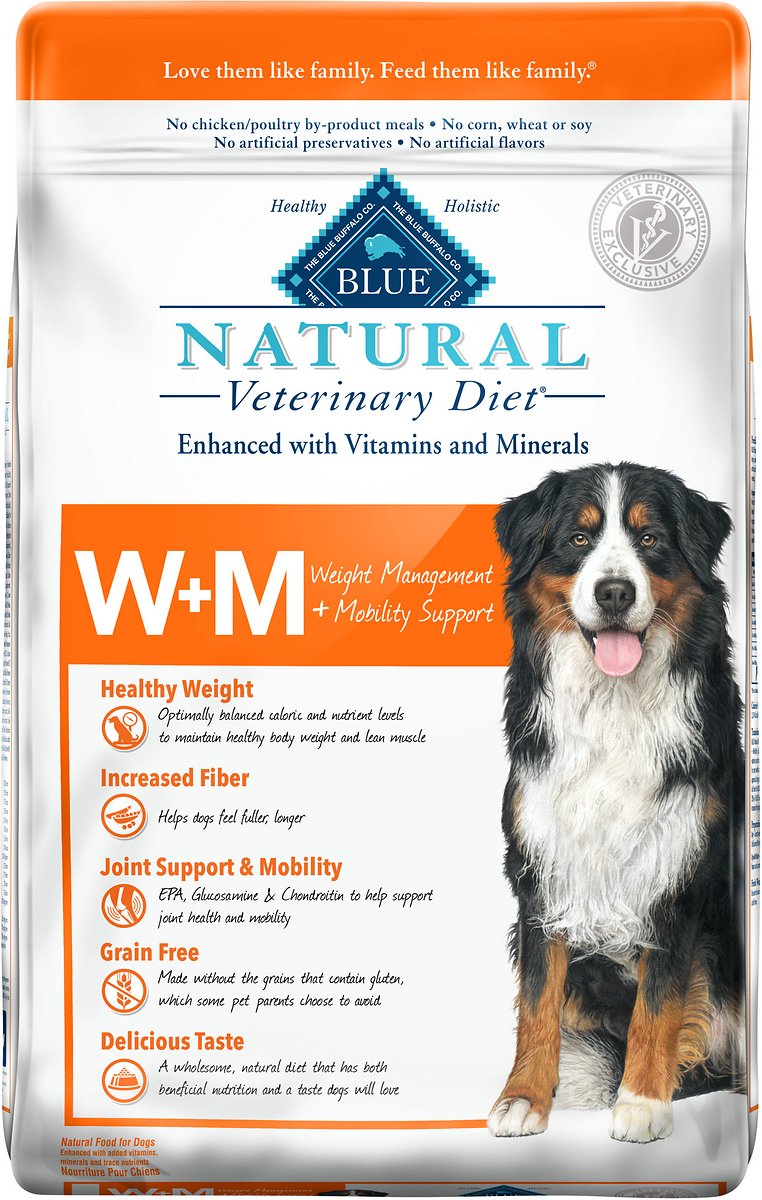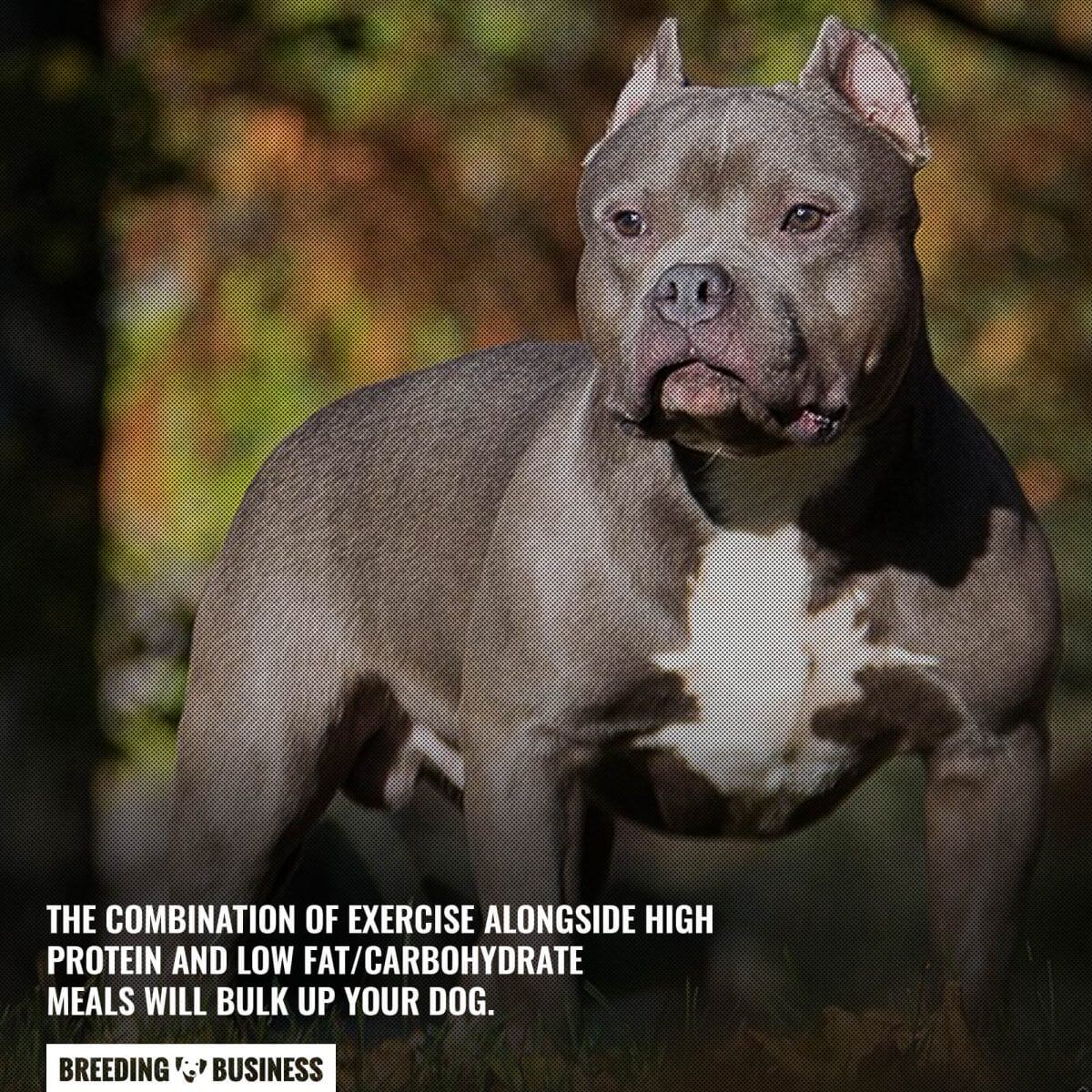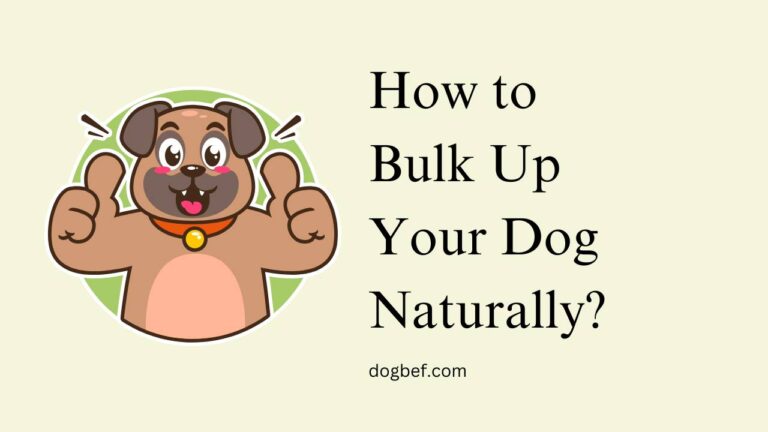How To Bulk Up Your Dog Naturally

For dog owners seeking to increase their canine companion's muscle mass, the quest for a healthy and natural approach is paramount. Rather than resorting to potentially harmful supplements or artificial methods, a focus on diet, exercise, and overall well-being can provide a sustainable path to a stronger, more muscular dog.
This article explores practical and safe strategies for bulking up a dog naturally, emphasizing the importance of professional veterinary guidance and a holistic approach to canine health. Understanding the specific needs of your dog's breed, age, and activity level is crucial before embarking on any bulking regimen.
The Foundation: Nutritional Strategies
A well-balanced diet is the cornerstone of any successful muscle-building program for dogs. Prioritize high-quality protein sources, such as lean meats (chicken, turkey, beef), fish, and eggs.
Protein is essential for muscle repair and growth. Look for dog foods that list a named meat source as the first ingredient.
Supplementing with healthy fats, like those found in fish oil or flaxseed oil, can also support muscle development and overall health. Consult with your veterinarian about appropriate portion sizes based on your dog's individual needs.
Optimizing Protein Intake
The recommended daily protein intake for active adult dogs is generally higher than that for sedentary dogs. Consult with your veterinarian to determine the optimal protein percentage for your dog's food based on their breed, age, and activity level. Puppies also have distinct protein needs.
Consider feeding your dog multiple smaller meals throughout the day rather than one or two large meals. This can help with nutrient absorption and muscle protein synthesis.
Adding small amounts of protein-rich snacks, such as cooked chicken breast or hard-boiled eggs, between meals can also contribute to muscle growth.
Importance of Carbohydrates and Fats
While protein is crucial, carbohydrates provide energy for workouts and muscle recovery. Choose complex carbohydrates like sweet potatoes, brown rice, and oats.
Healthy fats are essential for hormone production and overall health, playing a supportive role in muscle development. Be mindful of portion control to avoid weight gain.
The Role of Exercise
Diet alone isn't enough; regular exercise is essential for stimulating muscle growth. Incorporate a variety of exercises into your dog's routine, focusing on strength training and endurance.
Activities like running, swimming, and playing fetch can help build overall fitness. Structured weight training exercises, under the guidance of a qualified professional, can target specific muscle groups.
Structured Exercise Regimen
Begin with shorter, less intense workouts and gradually increase the duration and intensity as your dog's strength improves. Always warm up before exercise and cool down afterward to prevent injuries.
Include exercises that target different muscle groups, such as squats, lunges (performed safely with assistance), and uphill walks. Use weighted vests or harnesses with caution and only under professional guidance.
Rest and recovery are just as important as exercise. Allow your dog ample time to recover between workouts to prevent overtraining and injuries.
Consultation with Professionals
Before making significant changes to your dog's diet or exercise routine, consult with a veterinarian or a certified canine nutritionist. They can assess your dog's individual needs and provide personalized recommendations.
A qualified canine fitness professional can help you develop a safe and effective exercise program tailored to your dog's physical capabilities. They can also teach you proper techniques to prevent injuries.
Ignoring professional advice can lead to health problems or injuries. Remember, every dog is different, and what works for one may not work for another.
Monitoring Progress and Adjustments
Regularly monitor your dog's progress and make adjustments to their diet and exercise routine as needed. Keep track of their weight, body condition, and energy levels.
Take photographs regularly to visually assess changes in muscle mass. If you notice any signs of discomfort, pain, or fatigue, reduce the intensity of exercise or consult with your veterinarian.
Be patient and consistent. Building muscle naturally takes time and effort. Avoid comparing your dog's progress to that of others, as every dog develops at their own pace.
Ethical Considerations and Safety
Prioritize your dog's health and well-being above all else. Avoid using any supplements or methods that are not scientifically proven to be safe and effective.
Do not push your dog beyond their physical limits. Recognize the signs of fatigue and overheating, and provide adequate rest and hydration.
Ensure that all exercise activities are conducted in a safe environment, free from hazards such as traffic or extreme temperatures.
"Responsible dog ownership includes prioritizing their health and safety," says Dr. Emily Carter, a veterinarian specializing in canine sports medicine.
Bulking up your dog naturally requires a commitment to providing a high-quality diet, a well-structured exercise program, and consistent monitoring. By prioritizing your dog's health and safety and seeking professional guidance, you can help them achieve their full potential and enjoy a long and healthy life.


















